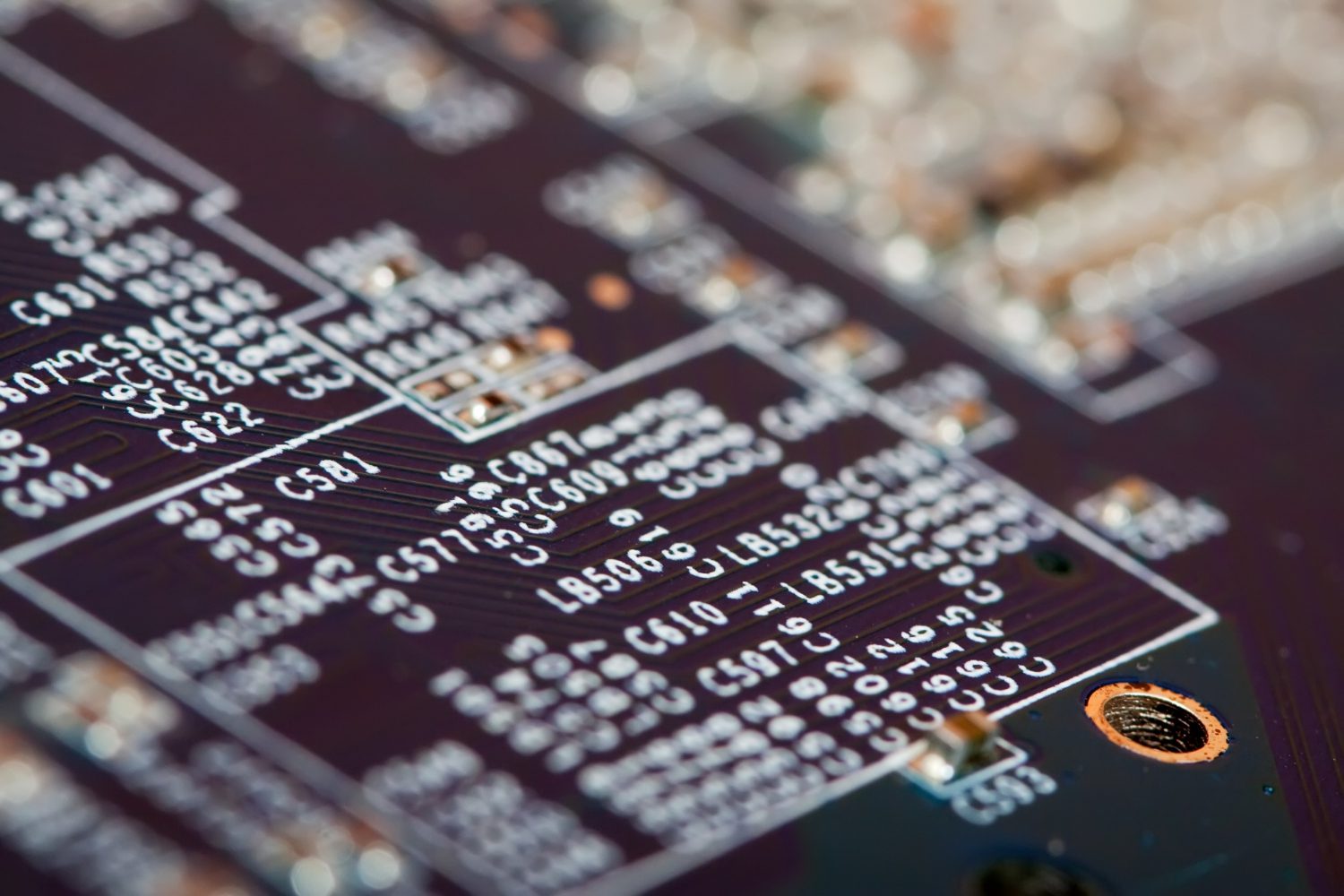In contemporary high-speed computing and AI server architectures, the demand for data transmission between internal modules is increasing, and traditional transmission interfaces can no longer meet the requirements of high bandwidth and low latency. To this end, the industry has developed a variety of high-speed transmission interfaces designed for high performance, among which MCIO, PCIe Riser, Gen-Z and SlimSAS Four of them are of most interest. This article will analyze these four interfaces in detail, explore their architectural characteristics, advantages and limitations, and help readers understand the trends and application scenarios of high-speed connection design.
1. MCIO (Mini Cool Edge IO)
MCIO is a high-density, high-speed inter-module connection interface, originally introduced by the SFF-TA-1016 specification, and is mainly used for the connection between server motherboards and multiple I/O modules (such as NVMe SSD, GPU, NIC, etc.).
✅ Advantages:
• High density design: Supports channel transmission speeds up to 112 Gbps and up to 16 channels per connector, making it ideal for server designs with limited space.
• Strong modular support:Support hot-swap and modular design for quick upgrade and maintenance.
• High future compatibility: Supports emerging transmission protocols such as PCIe 5.0/6.0, SAS4 and CXL.
❌ Cons:
• High manufacturing and testing costs:High density and high speed characteristics make cable manufacturing and EMI testing more challenging.
• High design complexity: Strict requirements for motherboard layout and thermal management.
2. PCIe Riser
PCIe Riser is a connection interface that extends the PCI Express bus signal. It is commonly used to install expansion cards (such as GPUs and FPGAs) horizontally or over long distances when space is limited in the case.
✅ Advantages:
• Mature and widely used:As a standard high-speed transmission protocol, PCIe has high compatibility and supports PCIe Gen3~Gen5.
• Complete hardware support: Almost all mainstream CPUs, motherboards and expansion cards support PCIe, without the need for an additional learning curve.
• Suitable for high bandwidth applications: Provides high-speed data transmission capability of up to 32 Gbps (PCIe Gen5) per channel.
❌ Cons:
• Distance limited:The PCIe transmission distance is limited, and a too long distance may cause signal degradation.
• Lack of flexible modularity: Does not support hot-swap, and maintenance and expansion are relatively inconvenient.
• Electromagnetic interference problem is more significant:Multi-channel parallel signals can easily cause EMI problems.
Gen-Z
Gen-Z is an open memory language standard led by the Gen-Z Consortium. It aims to provide low-latency, high-bandwidth system interconnect capabilities and support direct access between processors and multiple devices such as memory, accelerators, and storage.
✅ Advantages:
• Support Memory Semantic Access: Allows the processor to directly access external devices at speeds close to memory access latency.
• Scalable architecture: The design goal is to be applicable to systems ranging from single machines to multi-node systems, and it is highly scalable.
• High integration with existing technologies: Supports interoperability with PCIe, CXL, etc., and has good ecological integration potential.
❌ Cons:
• Not yet widely available:Market applications and ecosystems are still being established, with fewer development resources and product options.
• High technical threshold:The system architecture and driver programming need to be readjusted, and the initial introduction cost is high.
4. SlimSAS (Slim SAS)
SlimSAS is a high-speed transmission interface for storage applications. It is a lightweight version of Serial Attached SCSI (SAS) technology and is commonly found in high-density servers or storage arrays.
✅ Advantages:
• Small size, high density: The design is thinner and smaller, and can achieve multi-way connections in a limited space.
• Good compatibility with SATA/SAS: Compatible with a variety of storage devices, making maintenance and upgrades more convenient.
• High stability and reliability: The SAS architecture has enterprise-level stability and is suitable for use in data centers.
❌ Cons:
• Limited bandwidth: Each channel only supports up to 24 Gbps, which is lower than PCIe or MCIO.
• Not suitable for a large number of GPU and AI module applications: The positioning is still focused on storage, and the application flexibility is limited.

With the rapid development of high-speed computing and AI infrastructure, future server designs will rely more on these high-performance, high-density transmission interfaces. Enterprises should choose the most appropriate high-speed cables and interface technologies based on their own application scenarios, performance requirements, and scalability goals to create a hardware architecture that is both efficient and scalable.


